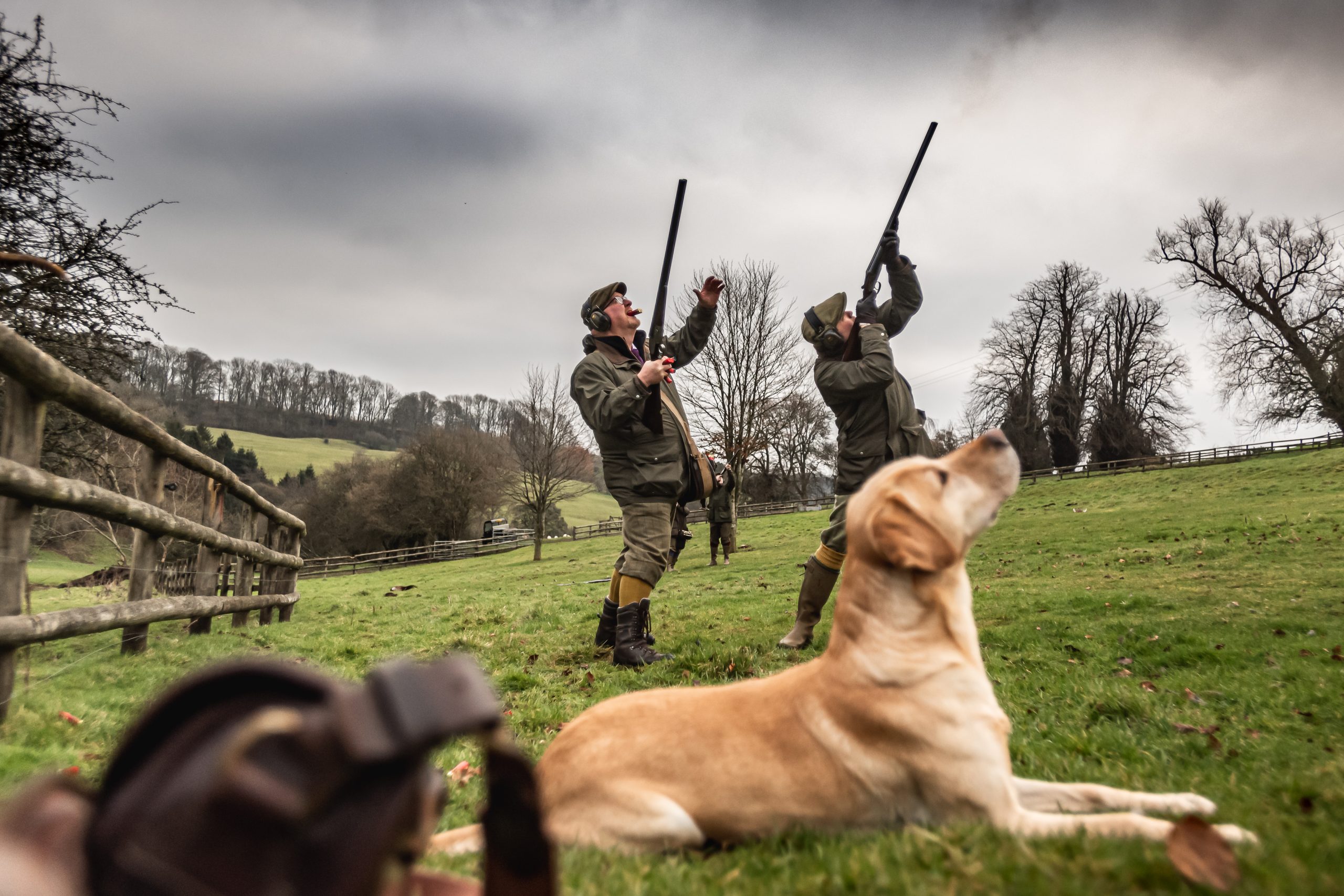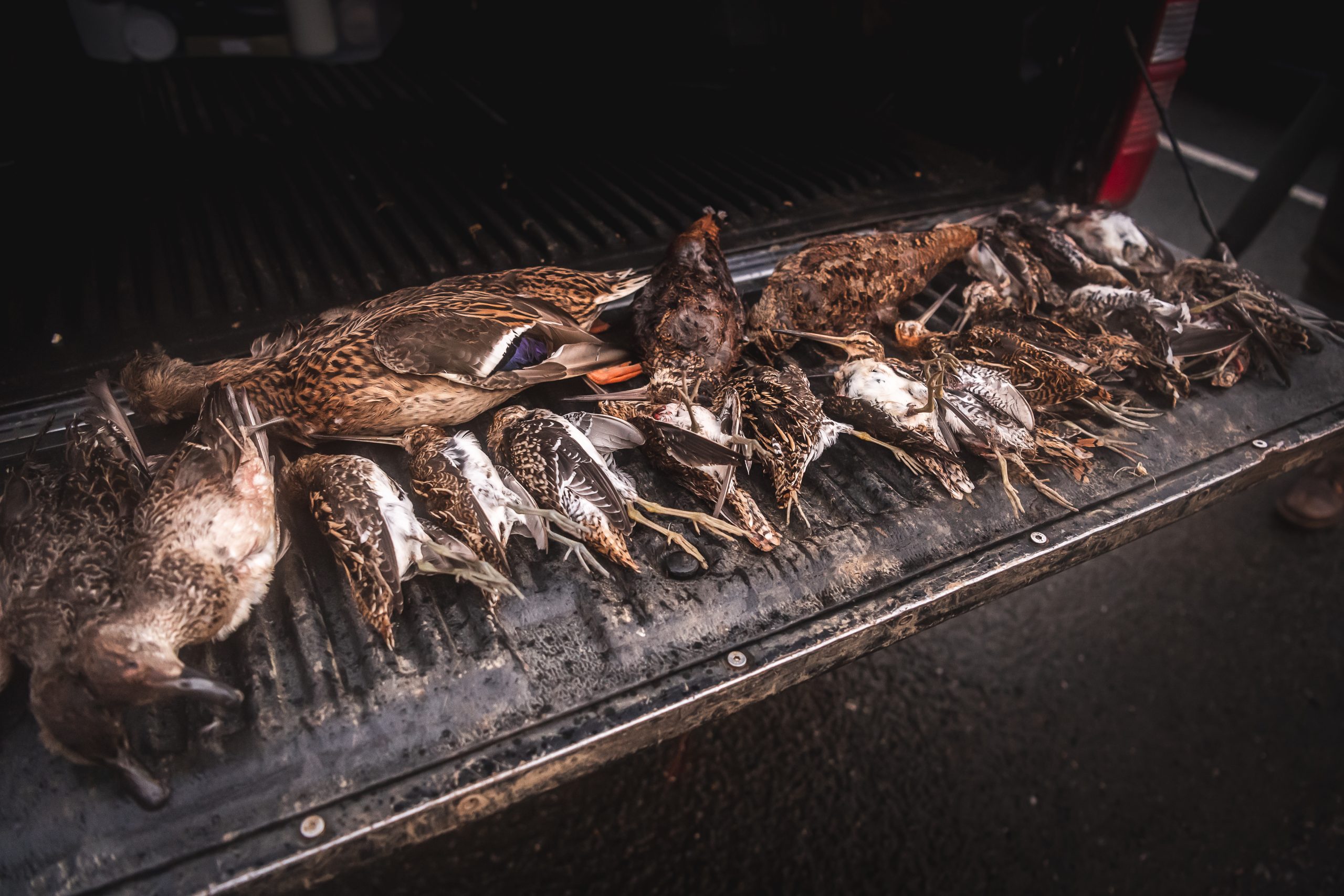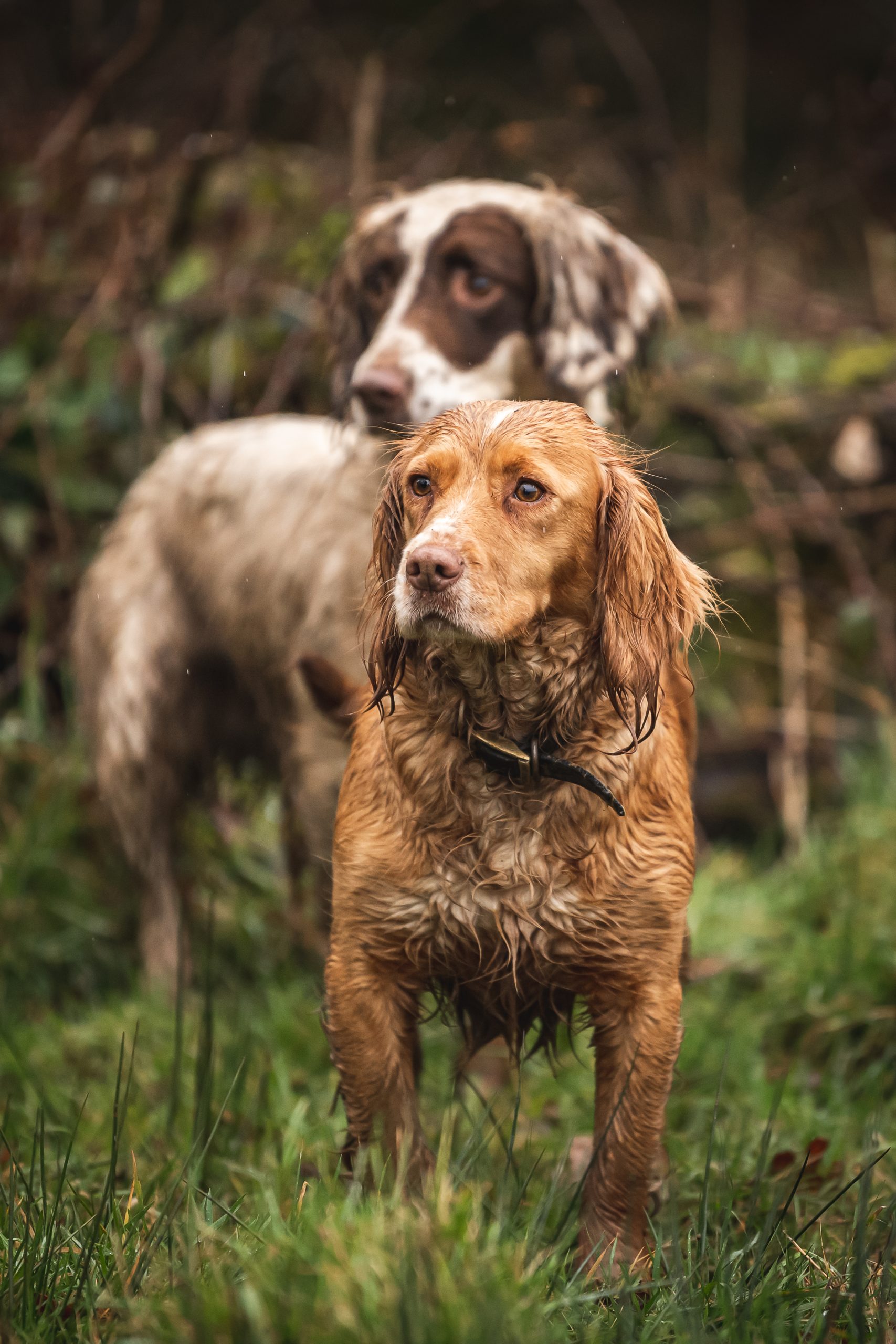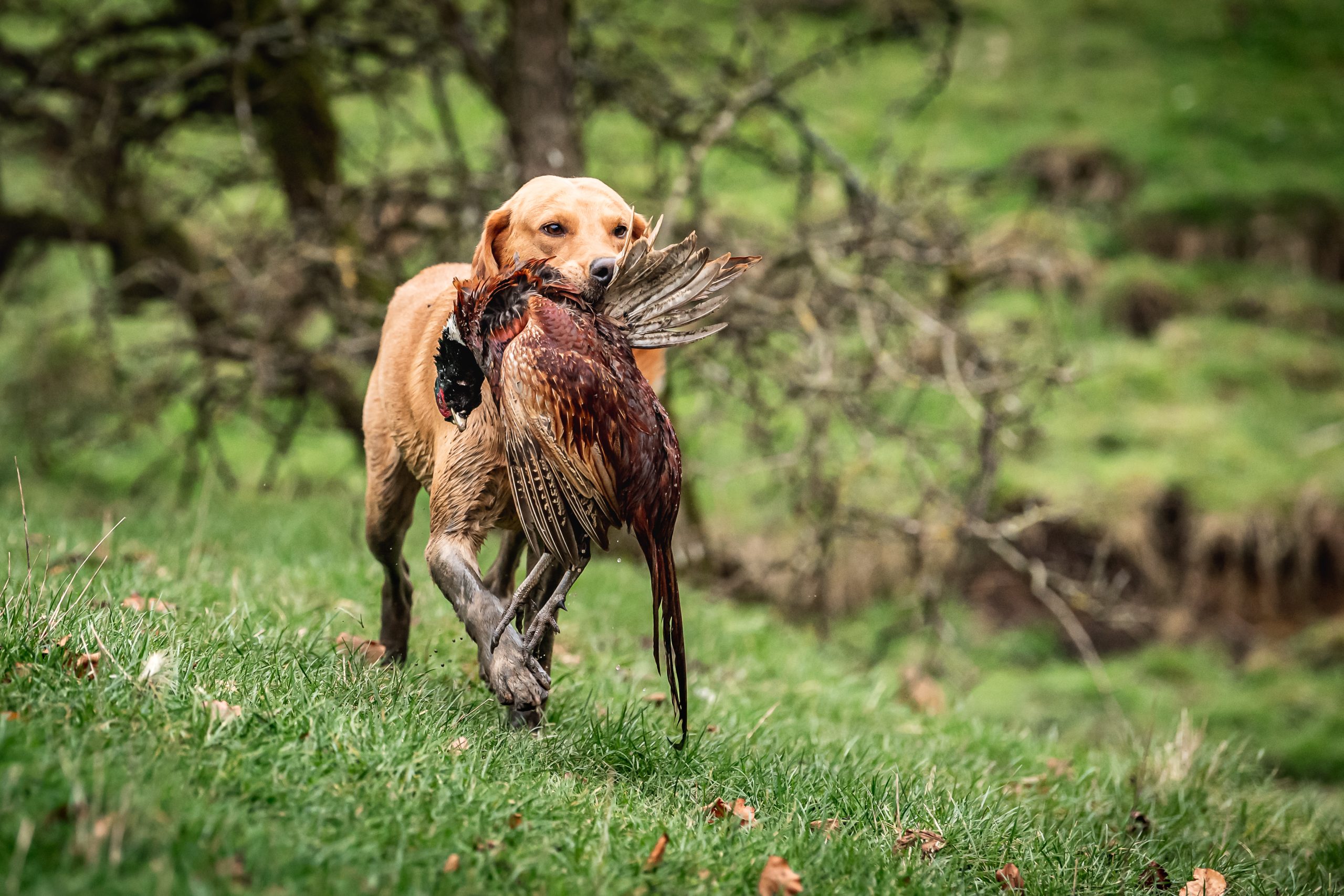Shooting
Crockett on trees
Would you like to appear on our site? We offer sponsored articles and advertising to put you in front of our readers. Find out moreJonny Crockett: 50 things you didn’t know about trees
British record-breaking trees
1. The tallest tree in England is on the Dunster Estate in Somerset and measures 197ft. That’s taller than Nelson’s column!
2. The tallest tree in Britain is a grand fir beside Loch Fyne, Argyll, which measures 211ft.
3. The oldest trees in the UK are the yew, some of which are over 5,000 years old. Nobody knows which single one is the oldest, though.
4. The biggest spread of a tree’s crown is the Oriental plane at Corsham Court, which covers an area a little short of a football pitch.
5. The fastest-growing tree was a silvertop (a form of eucalypt), which grew 66ft in six years.
6. The rarest tree species is the Audley End oak. All attempts at grafts have failed.
British tree folklore
7. In Celtic times, the penalty for felling an apple tree was death.
8. The leaves of an ash tree were considered lucky, especially a leaf with an even number of leaflets.
9. In Norse mythology the spear of Odin was made from ash.
10. The foundations and pilings of Venice are made from alder because of its resistance to rotting whilst underwater.
11. The words beech and book have the same origins, as beech was once used to make tablets for writing surfaces
12. Birch twigs were used to bestow fertility on cattle and newlyweds. They were deemed so powerful that babies’ cradles were traditionally made from birch.
13. The blackthorn is the wood traditionally used for shillelaghs and blasting sticks.
14. The elder tree’s scientific name is Sambucus, which is derived from the Greek for a wind instrument.
15. The elm is said to be the home of the faeries. “Ailim be the lady’s tree, burn it not or cursed ye’ll be.”
16. Fir cones respond to rain by closing up and to the sun by opening again.
17. The hawthorn tree is a symbol of fertility, the petals of which were dried and saved up for use as confetti.
18. The hazel tree is not a true tree as it doesn’t have a single trunk.
19. Holly is often used as an alternative to ivory, as it is so pale and often appears on first sight to have no grain.
20. The horse chestnut has only been around in Britain since 1633 and is related to the oak.
21. Larch is thrown into an oddity bracket by it being a conifer that sheds its needles.
22. The lime tree was sacred to the Celts and judicial cases were commonly heard by a court sitting under a lime tree, as it was said to inspire fairness and justice.
23. It has been suggested that the word ‘Druid’ may derive from the root of the Celtic word for oak: ‘dru’ which is itself related to the word for door, from the Sanskrit dur.
24. The pear tree is often associated with love and temptation.
25. Pine needles have a high level of vitamin C and were known as ‘the sweetest of woods’.
26. The poplar is also known as the whispering tree because of the noise it makes in the wind.
27. The rowan tree is known as the protection tree because the berries have a tiny pentagram on them (the ancient symbol for protection).
28. The sycamore is part of the maple family, but in years gone by it was called harewood in the furniture trade.
29. The best temperature for storing walnuts is -3 to 0 degrees centigrade.
30. The willow is the tree of mourning and unlucky love. It also represents cycles, ebb and flow and the rhythm of life.
31. There is probably more myth, legend and lore about the yew tree than any other. It is the tree of magic, death and rebirth. In Scandinavian myth, it was probably the original ‘World-Tree’.
The weight of trees
32. Seasoned Lignum vitae weighs between 1.17 and 1.33 tons per cubic metre. This means that it sinks in water and a cubic metre of water weighs 1 ton.
33. Seasoned fruit woods weigh in at around 0.6 tons per cubic metre.
What grows on trees
34. A recorded 284 different species of insects have been found living on oak trees.
35. When you add mites into the equation, 450 mites and insect species live on willows.
36. Rhododendron is host to no insect life at all.
37. Silver and downy birch host around 229 species of insect.
38. Not only does the oak host the most insects, but it also holds the record for hosting the most lichens at 324.
39. In general, native trees host more insects, mites and lichens than introduced species.
Woodlands
40. Ancient woodlands are woodlands that have been continuously wooded since 1600 in England and 1750 in Scotland.
41. A good indicator of ancient woodland is the growth of dog’s mercury on the woodland floor.
42. Ancient semi-natural woodland is woodland that has been managed or coppiced but has been restored by natural regeneration.
43. Ancient woodlands account for less than 20% of our woodlands.
44. Other ancient woodland indicator plants include opposite-leaved golden saxifrage, wood sorrel, wild daffodil and wood anemone.
45. A woodland is a habitat where trees are the dominant plant form. The individual tree canopies generally overlap and interlink, often forming a more or less continuous canopy which shades the ground to varying degrees.
46. Surrey has more woodland coverage than any other county (followed by Hampshire and Sussex)…
47. …but Kent has more ancient woodland.
48. In England, the East Midlands only has 4% woodland, making it the bottom of the list.
49. Oak is the most common species in the UK
50. Regular surveys over the last 100 years have actually shown a steady increase in the area of woodland, according to the Forestry Commission. Great news!
Related articles
Wildfowling
Generation game
James Green recounts an unforgettable week of wildfowling on Scotland’s Tay estuary, where three families shared the joys, challenges and triumphs of outdoor adventures
By Time Well Spent
Gundogs
The right choice
Choosing a new dog can be a minefield. Breed, temperament, working lines and energy levels all play a role in finding the right fit for you. Howard Kirby provides guidance
By Time Well Spent
Manage Consent
To provide the best experiences, we use technologies like cookies to store and/or access device information. Consenting to these technologies will allow us to process data such as browsing behavior or unique IDs on this site. Not consenting or withdrawing consent, may adversely affect certain features and functions.
Functional Always active
The technical storage or access is strictly necessary for the legitimate purpose of enabling the use of a specific service explicitly requested by the subscriber or user, or for the sole purpose of carrying out the transmission of a communication over an electronic communications network.
Preferences
The technical storage or access is necessary for the legitimate purpose of storing preferences that are not requested by the subscriber or user.
Statistics
The technical storage or access that is used exclusively for statistical purposes.
The technical storage or access that is used exclusively for anonymous statistical purposes. Without a subpoena, voluntary compliance on the part of your Internet Service Provider, or additional records from a third party, information stored or retrieved for this purpose alone cannot usually be used to identify you.
Marketing
The technical storage or access is required to create user profiles to send advertising, or to track the user on a website or across several websites for similar marketing purposes.












